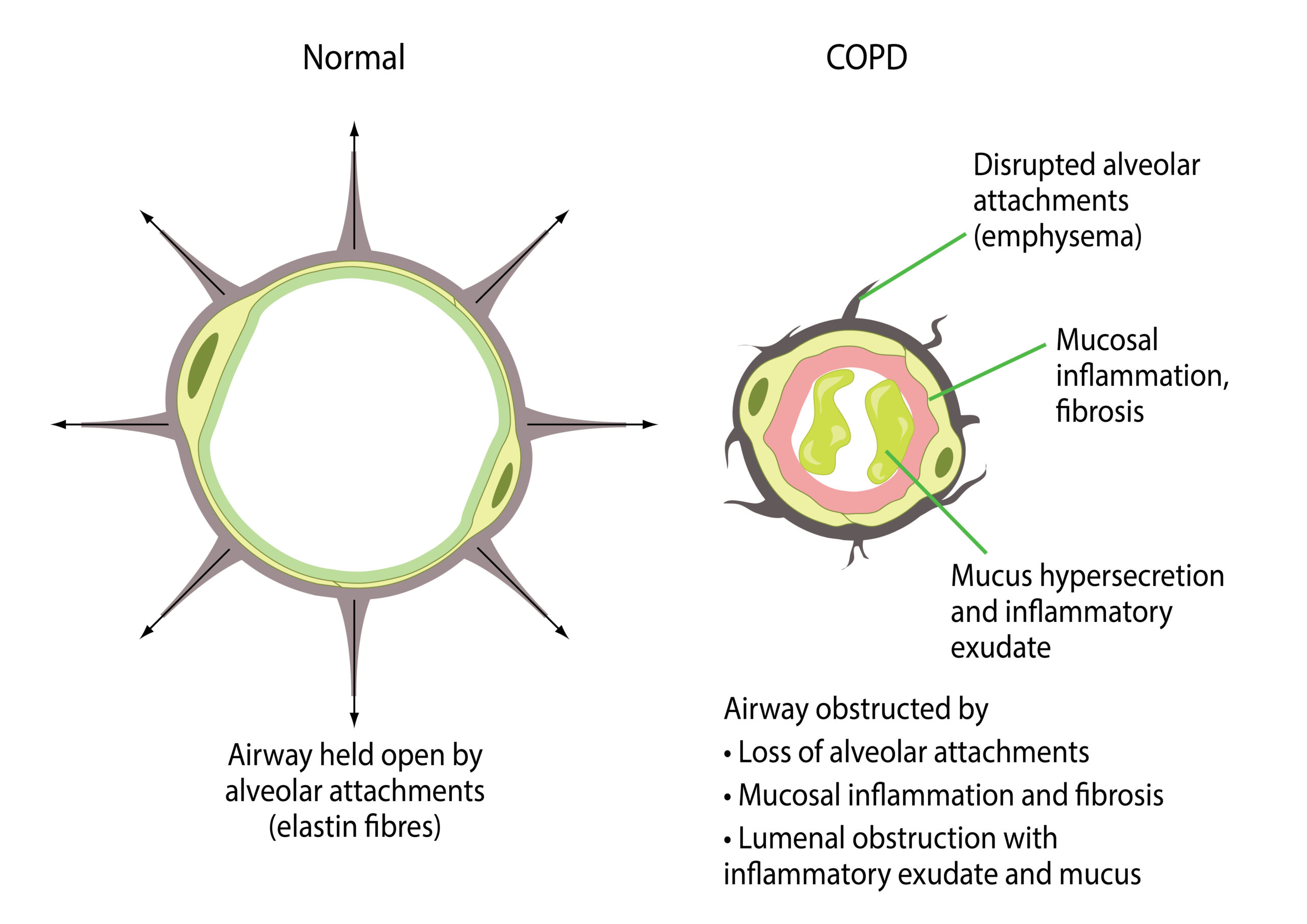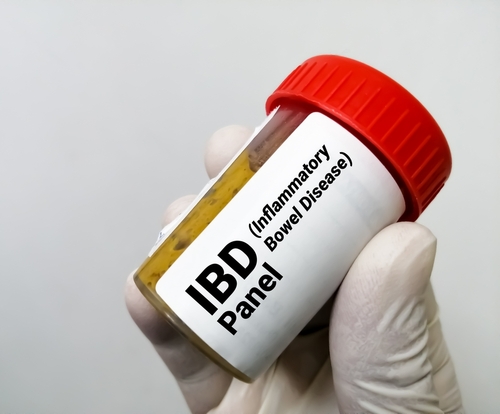
Researchers, led by Fernando J Martinez, evaluated the ability of the CAPTURE (COPD Assessment in Primary Care To Identify Undiagnosed Respiratory Disease and Exacerbation Risk) screening tool to identify primary care patients in the US with undiagnosed, clinically significant chronic obstructive pulmonary disease (COPD).
Based on their analysis, Martinez and colleagues reported the CAPTURE tool demonstrated a low sensitivity but high specificity in identifying clinically significant COPD characterized by airflow obstruction either of moderate severity or combined with a history of acute respiratory illness. The data were presented in JAMA.
Between October 12, 2018 and April 1, 2022, the study enrolled 4679 US patients receiving primary care, aged 45 to 80 years, and without a prior diagnosis of COPD. The trial was conducted at 7 primary care practice-based research networks in the US. In addition to CAPTURE questionnaire responses, the researchers collected patient data including peak expiratory flow rate, COPD Assessment Test scores, history of acute respiratory illness, demographics, and spirometry results.
CAPTURE Tool Identifies Clinically Significant and Undiagnosed COPD
The primary end point of the cross-sectional study was the sensitivity and specificity of the CAPTURE screening tool for identifying patients with undiagnosed, clinically significant COPD. Additional outcomes included various thresholds to determine a positive screening result for COPD, which was defined as a CAPTURE score of 5 or 6, or a score of 2, 3, or 4 as well as a peak less than 250 L/min or 350 L/min for females and males, respectively.
Clinically significant COPD was defined as postbronchodilator forced expiratory volume in 1 second (FEV1) to forced vital capacity (FEV1:FVC) <0.70 or prebronchodilator FEV1:FVC <0.65, as well as either FEV1 less than 60% of predicted value or self-reported history of acute respiratory illness within the past 12 months.
Of the cohort, a total of 4325 patients were eligible for final analysis (63.0% female, mean years of age, 61.6 ± 9.1), of which 44.6% had ever smoked, 18.3% had prior asthma diagnoses or used inhaled respiratory medications, 13.2% currently smoked, and 10.0% had at least one cardiovascular comorbidity.
Researchers identified a total of 110 (2.5%) patients with undiagnosed, clinically significant COPD. OF these, 53 returned a positive screening based on the study’s CAPTURE criteria for a sensitivity of 48.2% (95% CI, 38.6-57.9) and a specificity of 88.6% (95% CI, 87.6-89.6). Lastly, the area under the receiver operating characteristic curve for varying positive screening thresholds was 0.81 (95% CI, 0.77-0.85).
“Within this US primary care population, the CAPTURE screening tool had a low sensitivity but a high specificity for identifying clinically significant COPD defined by presence of airflow obstruction that is of moderate severity or accompanied by a history of acute respiratory illness,” the authors summarized.







 © 2025 Mashup Media, LLC, a Formedics Property. All Rights Reserved.
© 2025 Mashup Media, LLC, a Formedics Property. All Rights Reserved.